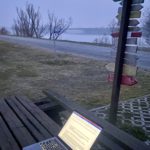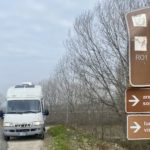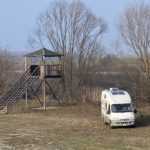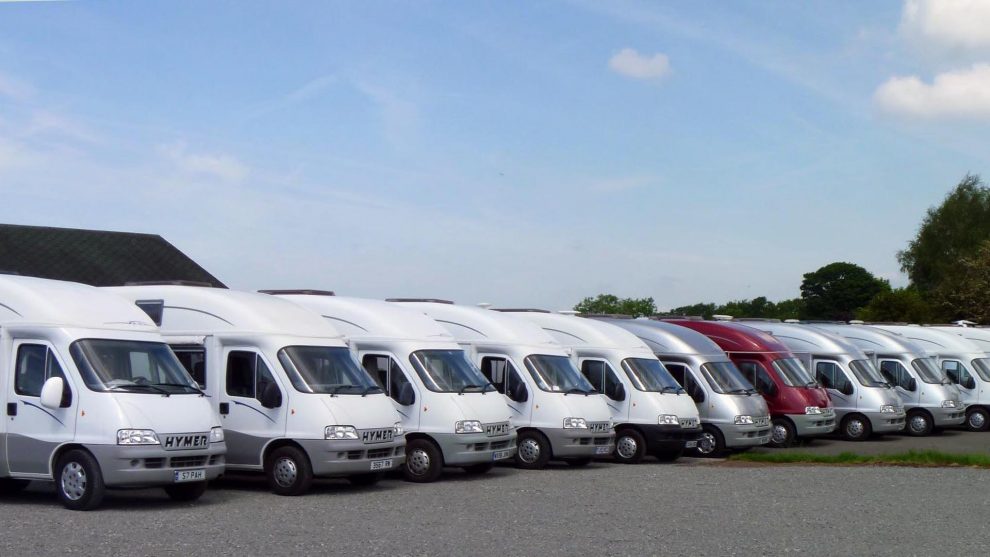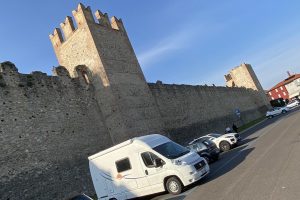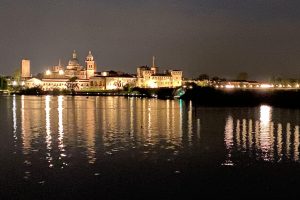October 3, 2020 – With the arrival of autumn, the traffic restrictions for the most polluting vehicles return. It is therefore the right time to clarify a bit when it comes to motorhomes. We start doing it in this post talking about Lombardy.
Given that the topic is still complex and that this post is long (and must be read carefully). We offer you a summary of the most important questions regarding structural, or permanent, measures not related to emergencies related to PM10 pollution:
- Is there a national legislation that prevents motorhomes from circulating at Euro 0-1-2-3? No
- What are the permanent limits in Lombardy? From Monday to Friday (excluding holidays) vehicles from Euro 0 to Euro 3 cannot circulate in the municipalities of Band 1 and 2 (570 total municipalities), with the exception of motorways, roads of regional importance and related junctions.
- Are motorhomes exempt from pollution limits? No
- Can vehicles of historical or collectible interest circulate? Only if in possession of a certificate compliant with FIVA regulations issued by a recognized association.
- Can dual-fuel vehicles circulate? Only if petrol-gas: those fueled by diesel with the addition of LPG or methane systems no.
- If we are many, can we circulate? There is an exemption for those traveling with at least 3 people on board, which is however defined as “car pooling” (shared commute from home to work) which can therefore create problems of interpretation.
- Can “special purpose vehicles” circulate? No, even if some can do it only on the occasion of the temporary bans for pollution emergency.
- Are motorhomes “special purpose vehicles”? If the letter “J” in the vehicle documents says “autocaravan”, no; for other definitions it is necessary to examine case by case.
Let’s now see the rules in detail. There is a lot of confusion, especially on social channels, and often attempts are made to pass the – erroneous – belief that recreational vehicles can circulate freely as they are exempt as a separate category. Unfortunately this is not the case, even if there are some exceptions, but the starting point is that in most cases the motorhomes have to undergo the same limitations as cars. Both types, in fact, share the fact that they belong to the M1 category (motor vehicles): what is a strength when you want to assert the reasons in the event of stopping or transit prohibitions becomes a weakness when it comes to anti-pollution restrictions.
The chaos of the rules in force
Everything would therefore seem simple enough, at least in theory, but the real chaos breaks out as soon as you get into the regulations in force. In fact, there is a national law, which many mistakenly consider the only source to draw from, but there are also various regional regulations, and even more local ordinances, that deal with this issue. Each with specific and different limits and prohibitions, both in terms of category and of days and times of application. The only way to be sure of being in good standing is therefore to consult in advance the regional law and then the local laws of the cities where you intend to go.
National legislation, in fact, is not a problem. It is found within the 2015 stability law (Article 1, paragraph 232) and requires that from 2019 on the whole territory Euro 0 vehicles belonging to categories M2 and M3, or vehicles for the transport of people with over 8 seats cannot circulate. There are no other limitations dictated by Italian laws valid everywhere. What is worrying above all are the regional regulations, which sometimes concern not only large cities, but important territorial portions.
A problematic situation
Lombardy is the region where the situation is most problematic. Those who own a motorhome from Euro 0 to Euro 2 inclusive cannot circulate throughout the year in the municipalities belonging to Band 1 (209 municipalities) and Band 2 (361 municipalities) from Monday to Friday from 7.30 to 19.30, excluding holidays. This is established by both the regional decree 2055 of 31 July 2019, and 3606 of 28 September 2020, which will come into force starting from January 11, 2021.
Those who have a Euro 3 vehicle have the same limitations, but instead of on municipal areas, they cannot circulate only in the “urban areas” of those municipalities. The distinction, given the population density of these areas of Lombardy, is a bit of goat’s wool and therefore better to consider those municipalities off limits and that’s it. In any case, it is important to know the extent of the ban, because it is not true that the limitations only concern the center of a few large cities: it is a huge slice of Lombardy, as can be seen from the map below.
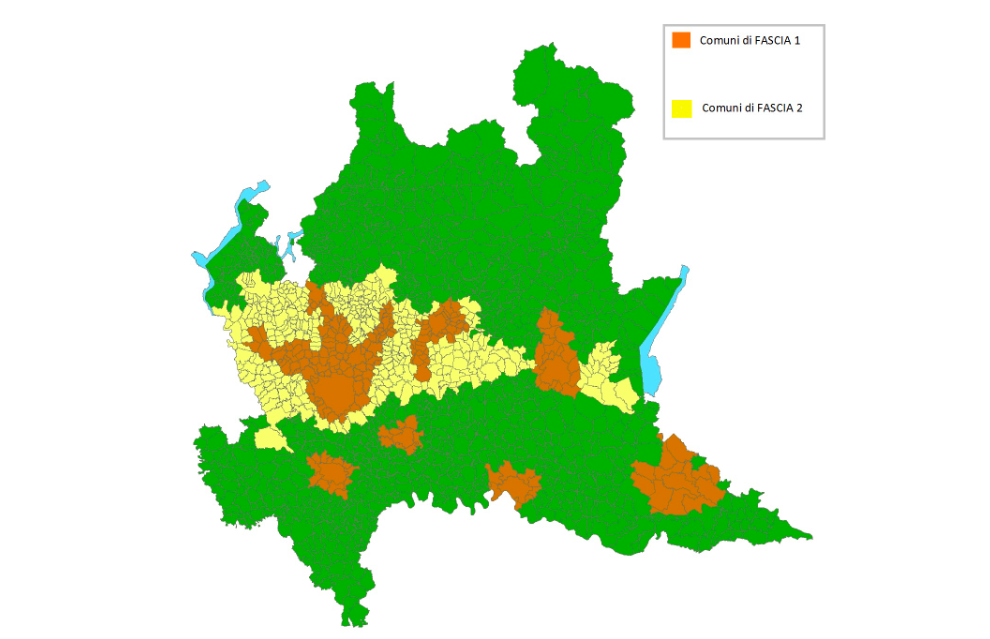
Euro 4 owners can stay a little more relaxed, at least for a few months. The limitations have been postponed to January 11 and for now refer to the period from October 1st to March 31st of each year. In addition, the municipalities concerned are “only” those of Band 1, while those of Band 2 are exclusively those over 30,000 inhabitants. In all, there are 38 municipalities.
When can it be circulated and who can do it
Wanting to see the limits from the opposite point of view, it can be said that up to Euro 3 you can circulate from Friday at 19.30 to Monday at 7.30 and on holidays. Furthermore, the prohibitions do not concern the motorways, the roads of regional interest classified as R1 (generally freeways and state roads) and the connecting roads between them, which must however be identified by each single municipality.
As for the exemptions, it is not true that in Lombardy motorhomes (technically “autocaravan”) are exempted. Those who have a vehicle that falls within the limitations can only go, if they have a reservation, to the inspection visit. Vehicles of historical or collectible interest are saved, as long as we have a certificate drawn up according to the rules of the Fédération Internationale des Véhicules Ancines (FIVA) drawn up by a recognized association. It is not enough, therefore, that the vehicle is more than twenty or thirty years old.
The other exceptions
An important exemption concerns the transport of people undergoing essential therapies which, however, must produce adequate medical certification. Vehicles, including motorhomes, with a disabled badge may also circulate, provided that the handicapped person is however on board.
Also exempted are “vehicles with at least three people on board (car pooling)“. Theoretically, if there are 3 of you in a motorhome, then you are fine, but the interpretation of the two English words “car pooling” added in brackets can create problems, because that is a concept that refers to those who share the car to travel from home to work and vice versa and normally not to those on vacation or out and about in their free time. If any of you have had a discussion on this issue with the police, please let us know how it went.
Diesel and LPG/methane? All stopped
A further exception, to be read carefully so as not to fall into misunderstandings, concerns vehicles equipped with a gas system, even if not exclusive. Those who have an old petrol and LPG motorhome can drive, but if the basic fuel supply is diesel, the presence of a “mixed fuel” system does not authorize circulation. In fact, a specific note that the exemption is valid “only for dual fuel petrol-gas vehicles“.
Finally, there is the possibility – always theoretical – of adopting “effective systems for the abatement of fine dust, for factory equipment or for subsequent installation, approved in accordance with current legislation“. In practice, a catalytic converter or an additional catalyst capable of bringing the vehicle to at least Euro 5. Systems of this kind exist, but they are difficult to find in Italy and their installation is very expensive: we speak from €3,500/€4,000 upwards. All exemptions, therefore, are more theoretical than practical.
Individual municipalities and emergencies
In addition to the regional situation, the situations of the individual Municipalities are added, each of which can issue specific ordinances. The most obvious example is that of Milan, which with its Area B confirms the regional bans, making them more stringent with the passage of time. To visit a city like this, the only solution if you have an old motorhome is to reach it by public transport. For other large Lombard cities, it is better to consult the websites of the individual local authorities.
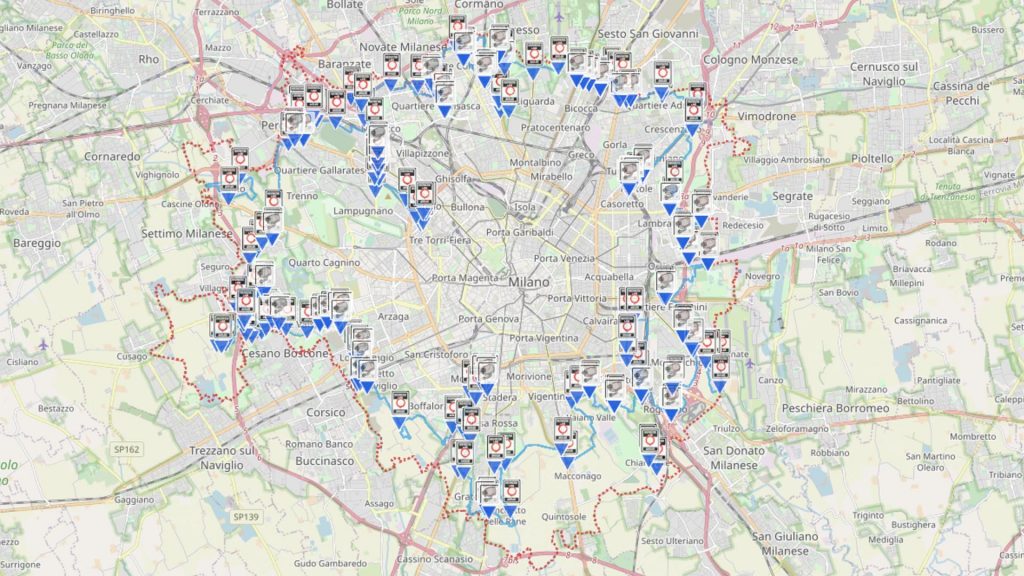
What you have read so far is about the limitations that are always in place. But then there are those that derive from periods in which air pollution increases and which are applied only temporarily. In the event that the PM10 level rises beyond the limits set for more than four days, Euro 4 vehicles in urban areas are also stopped, together with those from Euro 0 to Euro 3, from 8.30 to 18.30 every day. The prohibition, however, concerns only the municipalities with over 30,000 inhabitants belonging to the bands 1 and 2 above and not all.
However, there are 38 municipalities: Abbiategrasso, Bergamo, Bollate, Brescia, Brugherio, Busto Arsizio, Cantù, Cernusco s/N, Cesano Maderno, Cinisello Balsamo, Cologno Monzese, Como, Corsico, Cremona, Desio, Gallarate, Lecco, Legnano, Limbiate, Lissone, Lodi, Mantova, Milano, Monza, Paderno Dugnano, Pavia, Pioltello, Rho, Rozzano, San Donato M., San Giuliano M., Saronno, Segrate, Seregno, Sesto S. Giovanni, Treviglio, Varese e Vigevano.
Beware of “special purpose vehicles”
Exemptions from emergency measures are the same as for permanent limits. To these, a line is added in the regional resolution that can create major misunderstandings, given that it adds: “special purpose vehicles defined by art. 54 lett. f), g) and n) of the Traffic Laws“. This makes some think that the motorhome is a “special purpose vehicle”, but apart from special cases for which it is good to read the registration certificate carefully (the so-called “booklet”) this is not the case: the motorhomes are in fact included in the letter “m” of article 54, and are defined as “vehicles with special bodywork and permanently equipped to be used for the transport and accommodation of a maximum of seven people, including the driver“.
The letter “f” refers to “motor vehicles for specific transport: vehicles intended for the transport of certain things or people in particular conditions, characterized by being permanently equipped with special equipment relating to this purpose“, while the letter “g” speaks of “vehicles characterized by being permanently equipped with special equipment and mainly intended for their own transport. The transport of personnel and materials connected with the operating cycle of the equipment and of people and things connected to the intended use of the equipment is permitted on these vehicles“.
Let’s say that if in the vehicle registration document, under the letter J, you see the indication “Autocaravan”, you do not escape the restrictions. In other cases, check what is written and be prepared to support any disputes. But always remember that this specific exemption only concerns emergency measures and not structural ones. If you are “stuck” because of the latter, you cannot circulate anyway.
The Move-In service
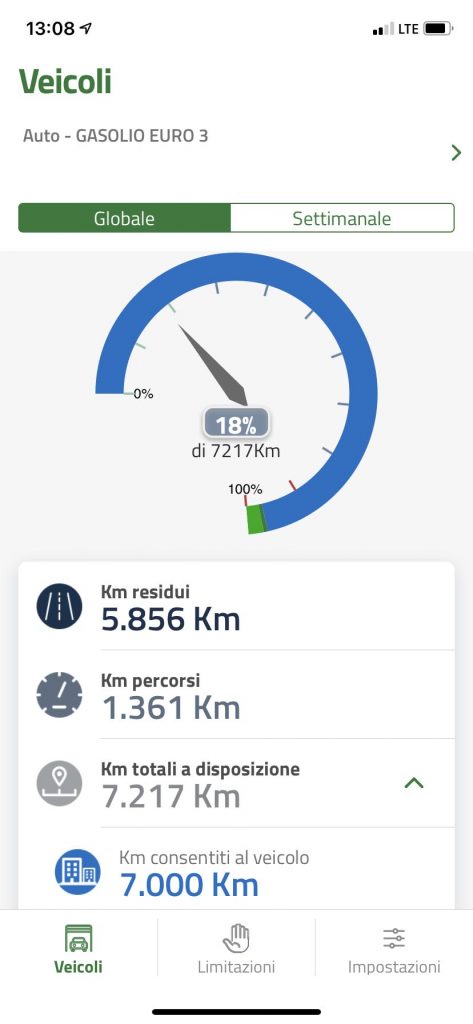
For these there is only one effective loophole: joining the Move-In service. The installation of a GPS device allows you to circulate in derogation for a certain number of kilometers per year, which are however calculated every day and at all times. For vehicles from Euro 0 to Euro 2 you can travel from 1,000 to 4,000 kilometers in bands 1 and 2, while for diesel vehicles Euro 3 you can go up to 7,000 calculated only in band 1 and in the municipalities of Varese, Lecco, Vigevano, Abbiategrasso and San Giuliano Milanese. If you drive carefully or on extra-urban roads, you get a “bonus” that slightly increases the kilometers available.
However, the system is not active in times of emergency, during which there are stringent restrictions. The installation of the device costs €50, while from the second year it is necessary to pay an annual subscription of €20. All citizens traveling in Lombardy (therefore also residents outside the Region) can join the service. If the mileage threshold is exceeded, the vehicle can no longer be used for the rest of the year.
Does it worth it? Everyone has to deal with their needs and decide. We can only lead by example. We joined the service in November 2019 and, also thanks to the months of lockdown, we traveled 1,361 kilometers in Band 1, conquering 45 additional kilometers for driving on extra-urban roads and 171 for driving with particular care (after all, with motorhomes this happens almost automatically). Today we have 5,856 kilometers left to go. For us who are based in Lombardy with a Euro 3 camper, the Move-In service proved to be a panacea, eliminating all the worries related to traffic restrictions.
In short, it’s a big mess…
As we have seen, the situation is complex and motorhomes as such do not enjoy any particular privileges. Exemptions for those who simply go around for tourism are not provided, just as it is not enough to add an LPG system to a diesel vehicle. The area concerning the bans is quite vast and therefore we must deal with them carefully in order not to risk sanctions. We will soon try to examine other regions as well, such as Piedmont, Veneto and Emilia-Romagna.
©2021 seimetri.it – If you want to leave a comment on this article, you can do it on our Facebook page





